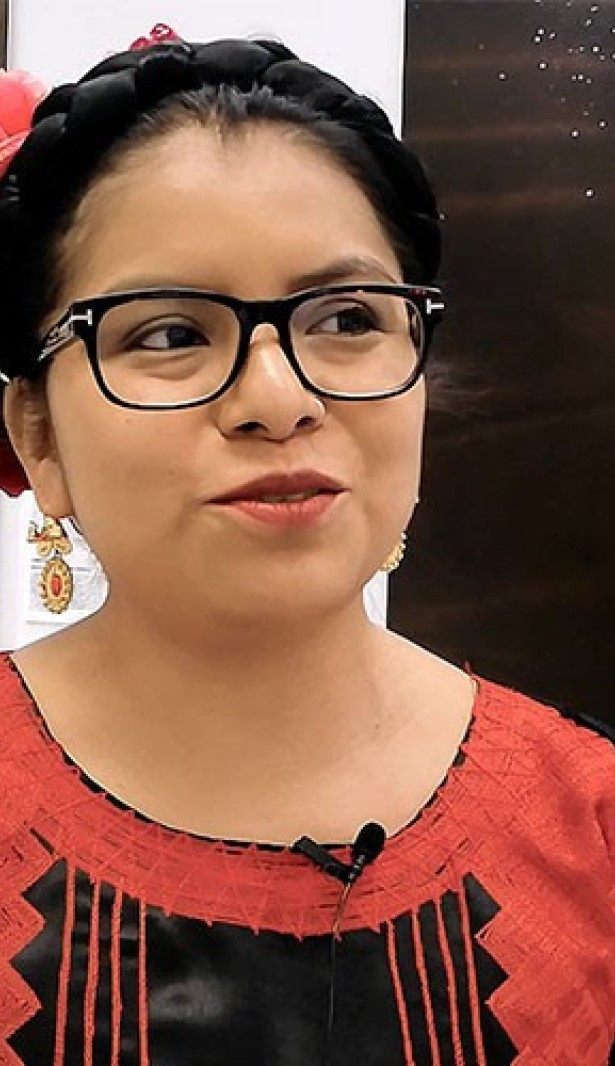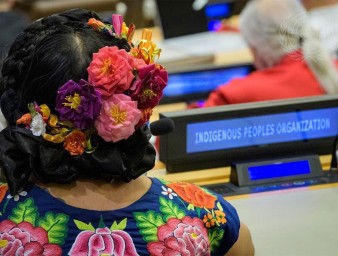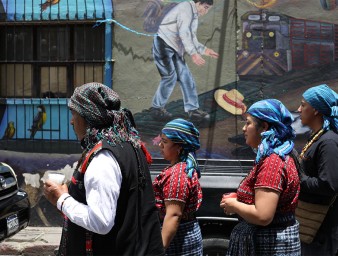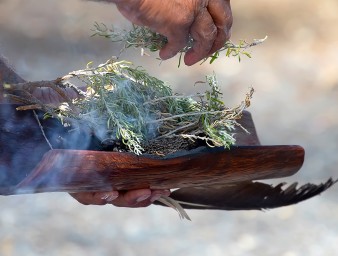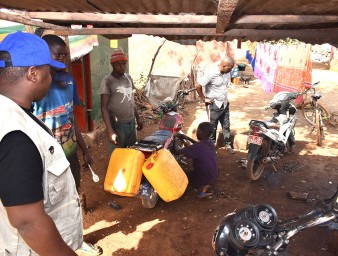Indigenous youth fight for the human rights of all generations
03 December 2019
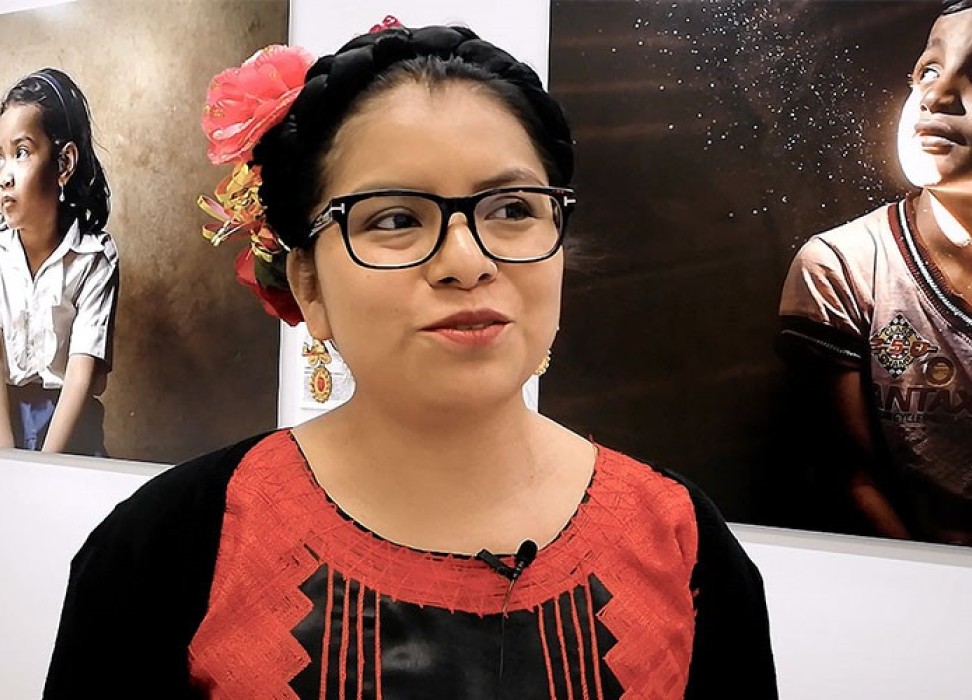
“We believe that fighting for the rights of youth is fighting for the rights of all generations,” said Dalí Silvia Angel, an indigenous youth rights activist. “Because these young people are going to be adults, they are going to be parents, grandparents.”
Angel is an indigenous rights defender with Red de Jóvenes Indígenas (Indigenous Youth Network) in Mexico. She was recently in Geneva, taking part in the Social Forum, which focused this year on the promotion and protection of the rights of children and youth through education.
Red is part of a network of youth groups across 15 countries in Latin America and the Caribbean. The organization provides space for indigenous young people to talk about the challenges they face, as well as leveraging their numbers to make visible problems that indigenous young people face.
Latin America and the Caribbean region has one of the largest indigenous populations in the world. According to a report by the Economic Commission for Latin America and the Caribbean (ECLAC), there are more than 800 different indigenous populations in the region and it is estimated that around 200 of these live in voluntary isolation due to pressure on resources in their territories or nearby areas.
Angel says this pressure, particularly from extractive industries, has created a great many challenges for indigenous communities, particularly the youth. Lack of education and job opportunities have led many to leave their communities and their way to larger cities or towns. There, they often encounter racism and discrimination and have to hide their culture in order to survive, Angel said. Organizations like Red de Jovenes Indígenas give young people a place to be themselves, as well as call attention to these challenges with local, regional and national authorities.
“It is important for us to make this situation visible, so as to not keep quiet, to make States respond to the situation,” she said.
Not being a human rights defender wasn’t an option, Angel said. Growing up in an indigenous community that has had its territories invaded, and its people persecuted, left her no choice but to act, she said.
“Living in that situation makes you reflect and say, if I no longer want this situation to continue, I have to do something,” she said. “In my case, and the cases of indigenous youth, [being a human rights defender] is the reality we have to live.”
It is important for indigenous youth to stand up for human rights, because, for this community, all rights are linked – individual rights = collective rights, Angel said. For example, it is counterproductive to talk about the right to education when a child has nothing to eat, or no access to health care or nowhere to live, she said. And for indigenous communities all of these rights are linked with the right to land and self -determination.
“Who gives you housing? Territory. Who gives you health? The land,” she said. “It is important because young indigenous peoples do not unlink human rights which are individual rights to collective rights.”
Which is why it is important to talk about the challenges and to advocate in arenas, large and small, about indigenous rights and the violations that happen, Angel said.
“We like to say, nothing for us without us,” she said. “If you want the situation to be visible, then we have to be there and your voice has to be heard.”
This story is part of a series in celebration of Human Rights Day 2019, which focuses on young human rights defenders in action. Learn more about how young people are standing up for human rights.3 December 2019
